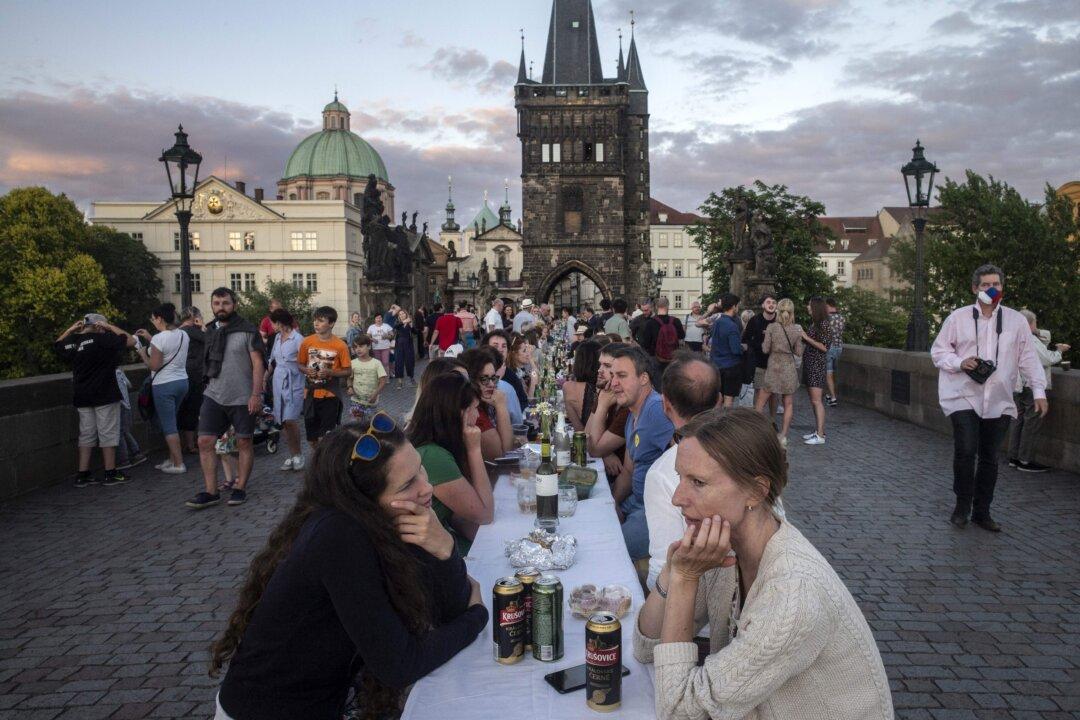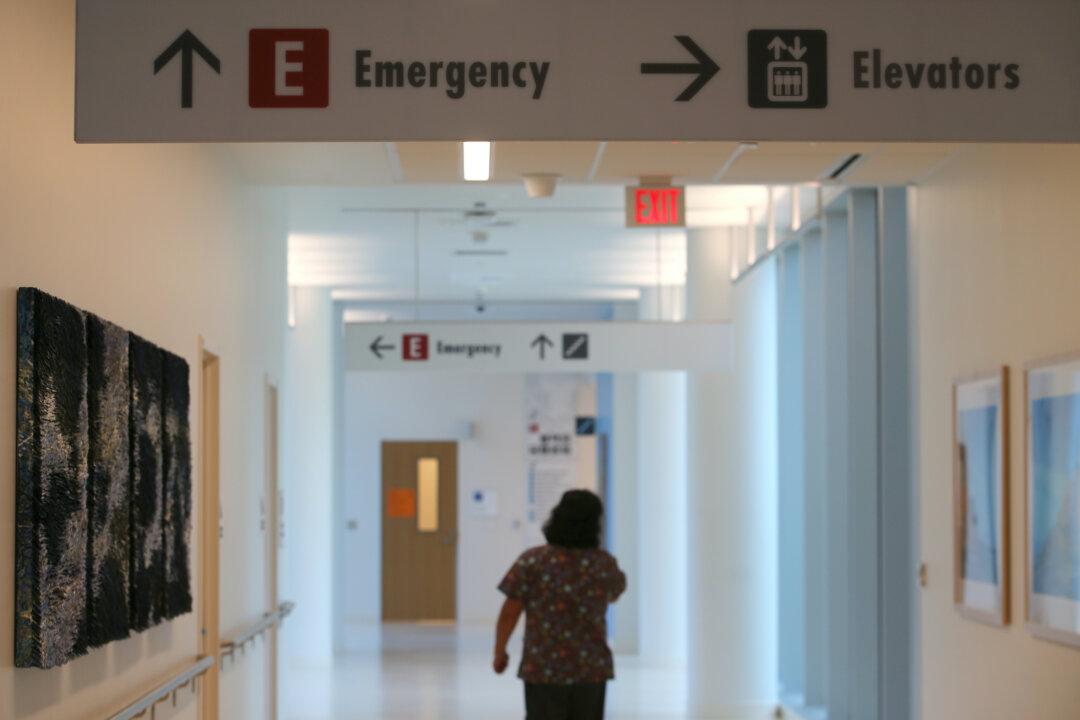PRAGUE—Czech authorities tightened coronavirus restrictions in the northeast of the country on Friday after a spike in cases, reinstating compulsory face coverings, limiting restaurant opening hours and ordering checks on cross-border commuters.
The country has suffered just 355 COVID-19 deaths, far fewer than in Western neighbours, but has seen a new spike in infections in the past three weeks, mostly concentrated in the industrial Moravia-Silesia region bordering Poland and Slovakia.





